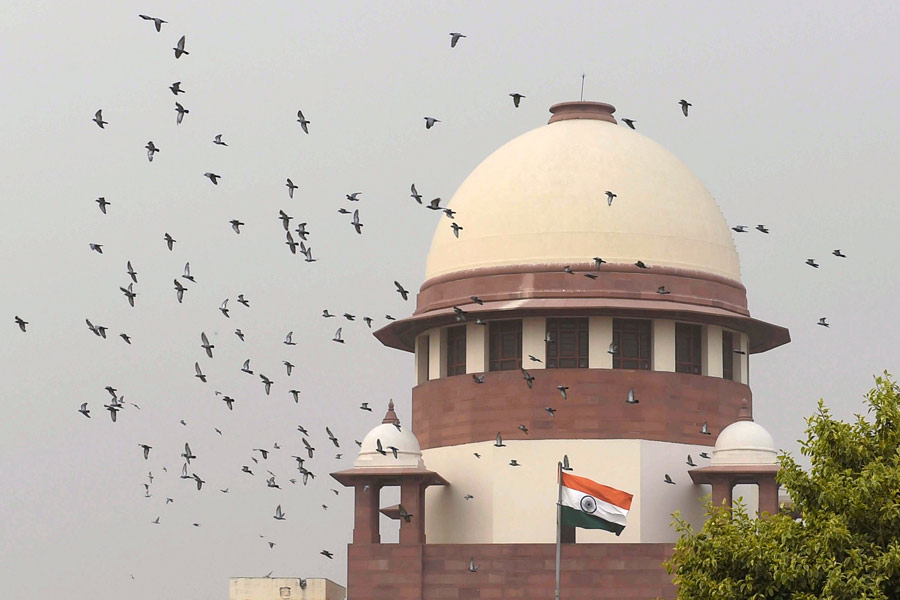Aligarh Muslim University’s search for its foundational identity has been a long one, largely because the matter has confounded courts and governments alike over the years. The institution began its journey as the Muhammadan Anglo-Oriental College that was founded by Sir Syed Ahmad Khan for Muslim students in 1877. Then, 43 years later, in 1920, an Act of the imperial legislature turned it into the AMU. However, in 1967, a five-judge bench stated that the AMU cannot claim minority status since it was founded on the basis of a Central Act. In 1981, a two-judge bench questioned the validity of the 1967 order and referred the matter to a seven-judge bench that could not be formed. The same year, the Indira Gandhi government conferred upon the AMU its minority character but the legislation was struck down in 2006 by the Allahabad High Court. The AMU and others challenged this verdict. A three-judge bench subsequently referred the matter to the present seven-judge bench. That bench, in a 4:3 verdict, has now struck down the 1967 judgment. However — and this is puzzling — the present bench decided not to proceed and settle the matter. Instead, it has directed a new bench to decide the question. This could be attributed to the absence of a unanimous verdict. Nonetheless, it would have certainly helped settle a matter that has remained unresolved for long. A decisive verdict would have also helped the said institution move on, having been stuck in a web of contested claims.
Three judges of the bench have expressed their dissenting views, upholding the merit of the 1967 verdict. This, though, does not take anything away from the importance of the majority judgment. The majority verdict has underlined the principles to facilitate the identification of a minority institution. For instance, the judges in the majority have argued that the AMU’s claim of being a minority institution cannot be dismissed since the idea of its inception came from a person belonging to the minority community; that it was formed predominantly for members of the minority community, the majority judgment stated, further bolsters the AMU’s claim of being a minority institution. The most important observation perhaps came from the former Chief Justice of India, D.Y. Chandrachud, that the concepts of “minority” and “national” need not be at odds with each other. This is a reassuring validation of India’s secular edifice.










